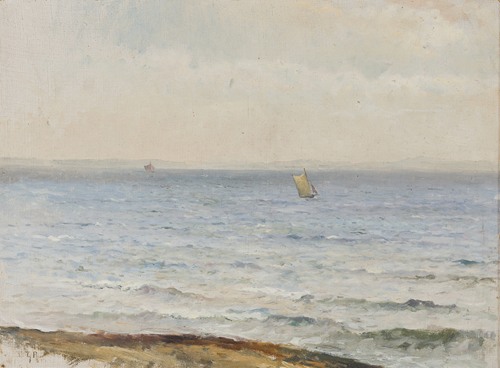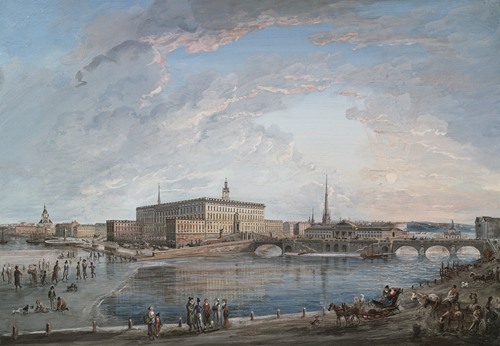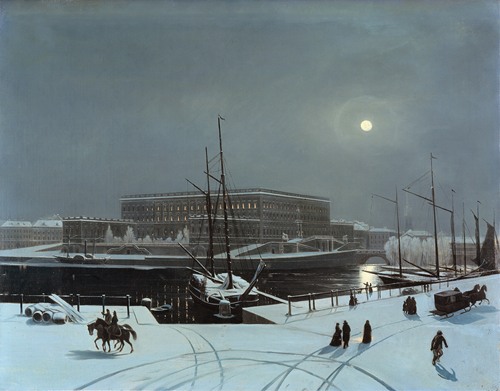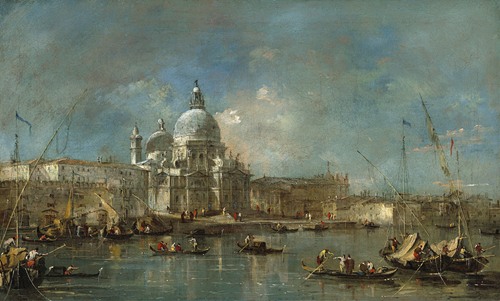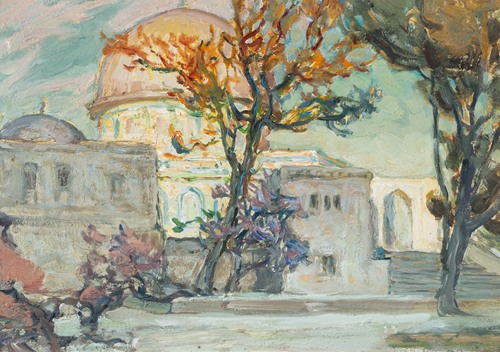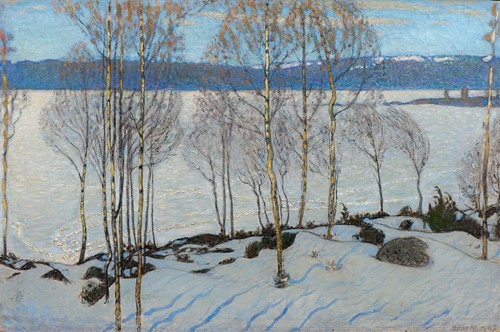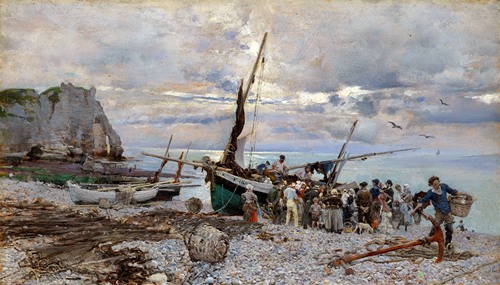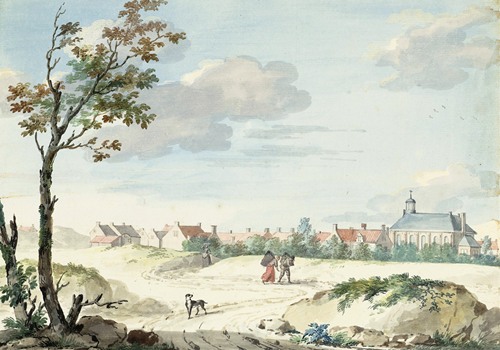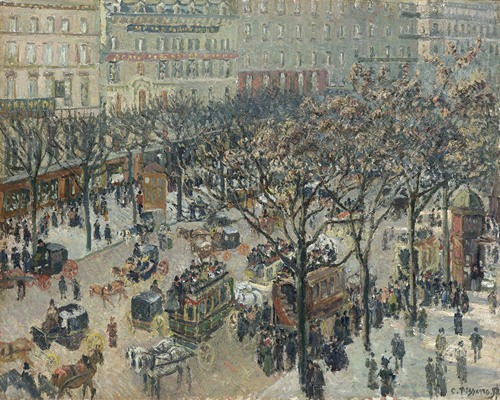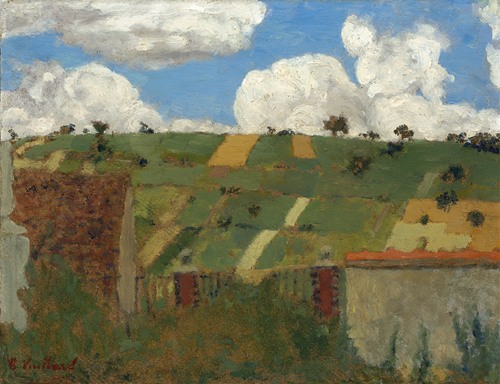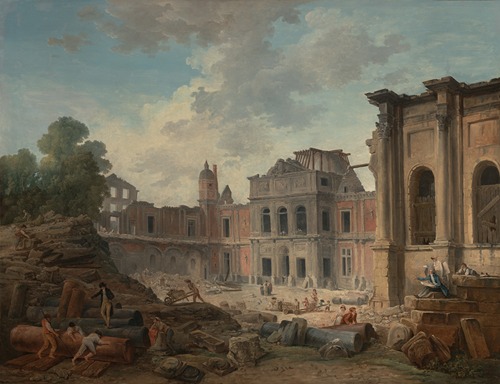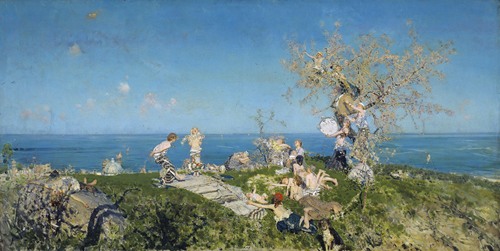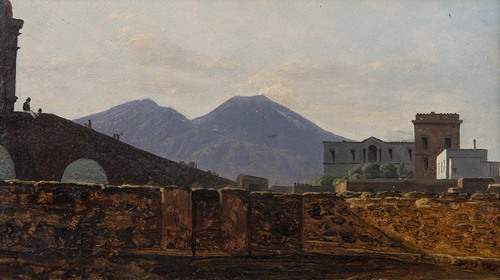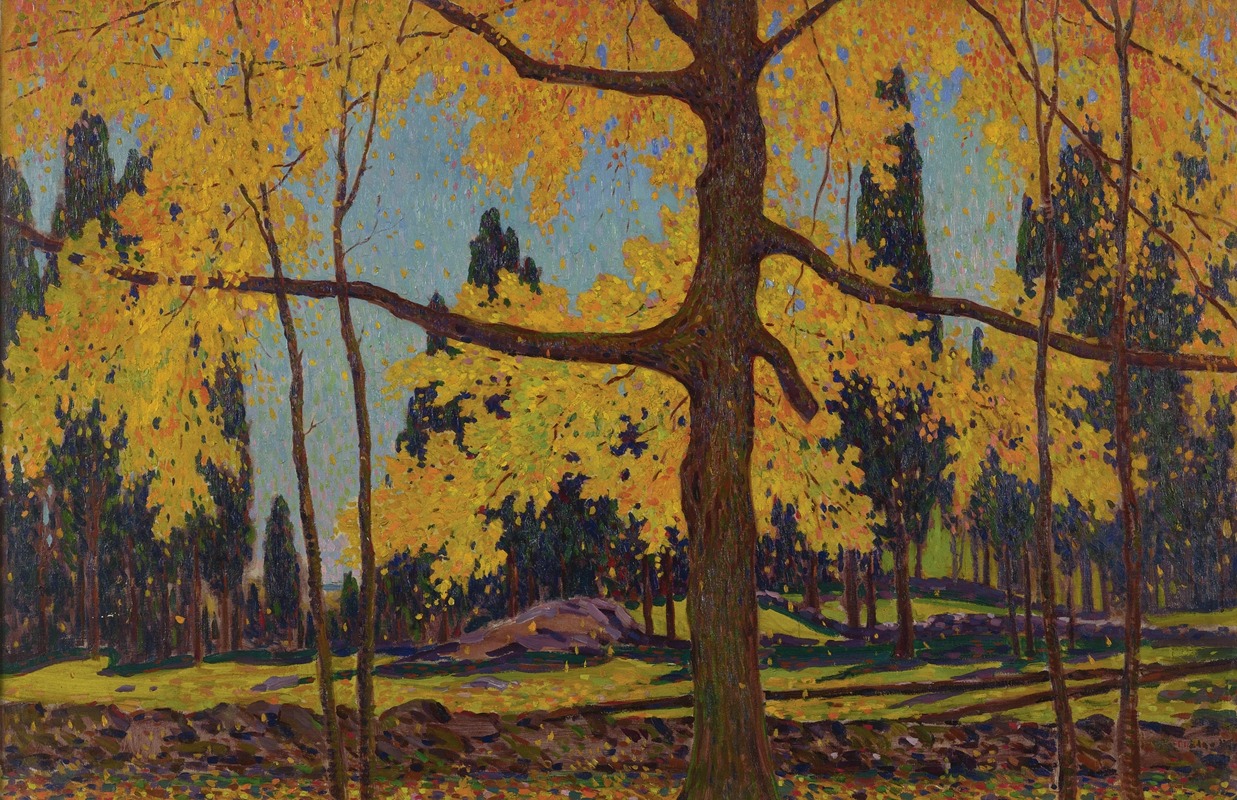
Eliot Candee Clark, born in 1883 in New York, was a precocious artist - he exhibited two pieces at the New York Water Color Club when he was only nine years old; at age 13 exhibited with the National Academy and the New York Water Color Club; by 1912 he had won national painting awards; and by 1916 was writing books on American artists as well as the history of the National Academy.
He was the son of tonalist painter Walter Clark (1848-1917). He was widely traveled in Europe and beyond, and associated with major artists of his day. He moved to Albemarle, Virginia in 1932, and was one of the few Impressionist artists of the Southern states. Clark was a teacher including at the National Art Club from 1943, the Art Students League, and New York City College.
His landscapes evoked a "spiritualized rendition of nature". Clark developed an early interest in oriental philosophy that ended up having a major effect on his artistic development. These interests lead him to travel even to India and Tibet.
He continued to paint almost to the end of his life, enjoying the solitude and peace of the surrounding environment where he could relate to canvas the subtleties of nature as only he could. He was elected an associate member of the National Academy of Design in 1917 and full academician in 1944.
Clark was also president of the National Academy from 1956-1959. He was also a member/president of the American Watercolor Society; president/member of Allied Artists of America, 1948-52; ex officio trustee, Metropolitan Museum of Art, 1956; National Academy of Design Awards Jury; Society of Painters of New York; Connecticut Association of Fine Art; Salmagundi Club; International Society of Arts and Letters; Macdonald Club; Art Fund Society; New York Watercolor Club and others.
You may also like
